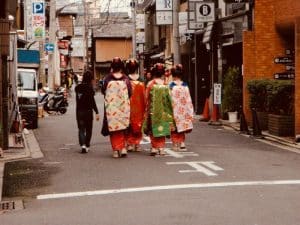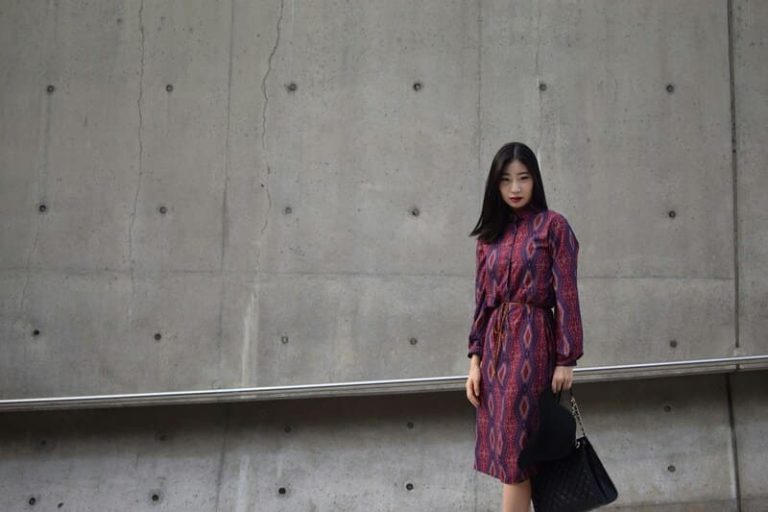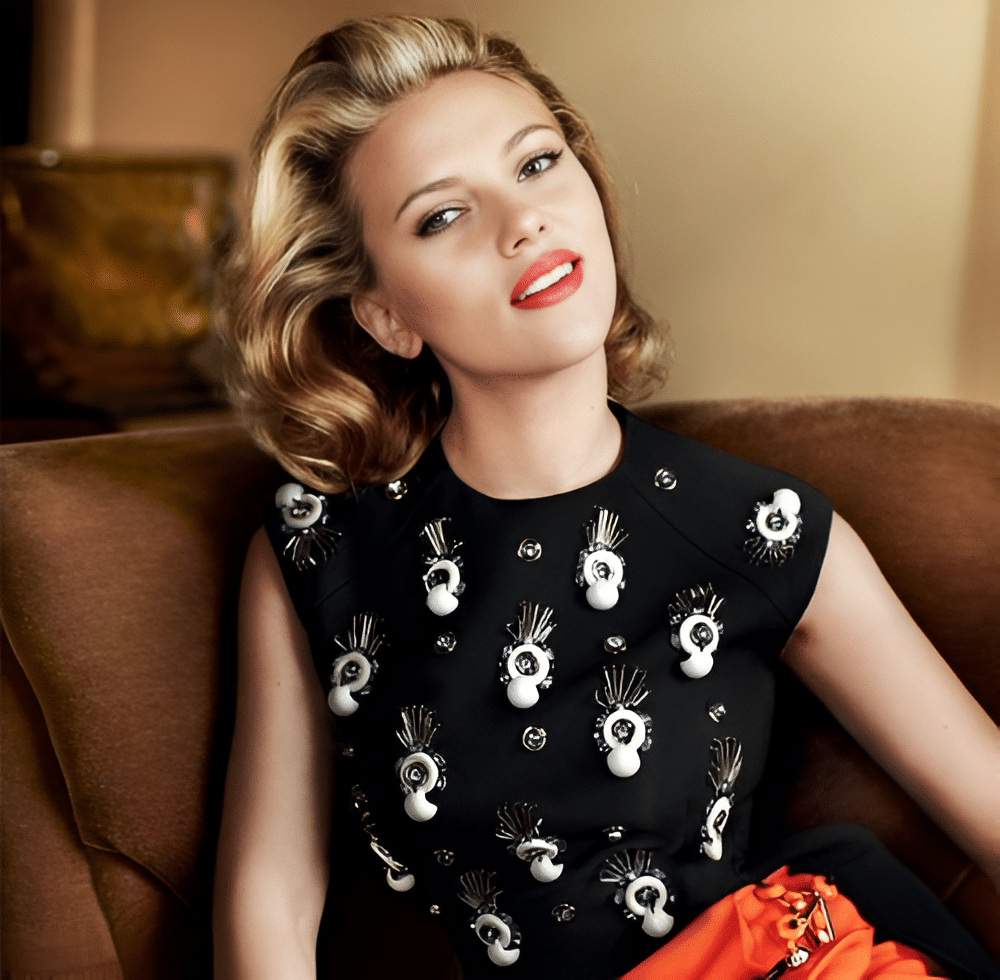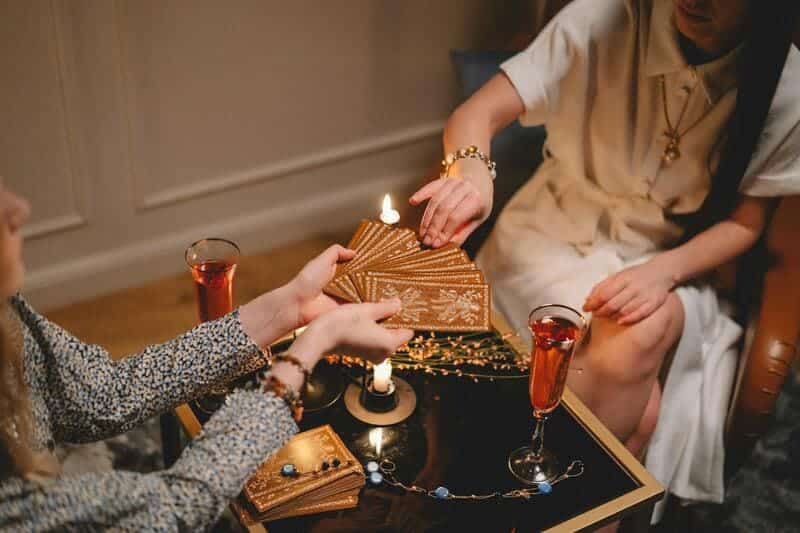With its fusion of modern style and historical influences, Asian fashion has emerged as a major player in international fashion. Here are the 5 best Asian fashion trends followed by the world. The continent’s rich cultural heritage serves as the foundation for a wide range of strong and elegant designs and fashions. Asian fashion is a living representation of individuality, creativity, and art, from the vibrant Tokyo streets to the sleek minimalism of Seoul. It has broadened perspectives by introducing global wardrobes to balance craftsmanship and cultural identity.
5 Best Asian Fashion Trends
Fashion trends from Asia are praised not only for their singularity but also for their capacity to transcend borders and touch hearts everywhere. They draw inspiration from as far and wide as the edgy Harajuku culture and streamlined silhouettes derived from Chinese and Japanese heritage. Because of its beauty, practicality, and dynamism, Asian fashion continues to captivate the world’s imagination. As a result, it is an important chapter in the global style book.
Korean Streetwear
The first and most viral of these 5 best Asian fashion trends is Korean streetwear. The relaxed, striking design and youthful energy of Korean street fashion have swept the international fashion world. Loose silhouettes, sporty-chic cuts, and pastel or monochromatic colors make this style ideal for day-to-day wear. Spurred by the success of K-pop and Korean dramas, Korean street fashion has seeped into global enterprises and individuals’ styles, becoming a key element of contemporary city fashion.
Japanese Minimalism
The second viral trend from the 5 best Asian fashion trends is Japanese minimalism. Japan’s minimalist style is distinguished by its beauty, practicality, and simplicity. The design emphasizes simple, uncluttered lines, muted hues, and premium materials that evoke timeless appeal. This fashion philosophy was made mainstream by retailers like Muji and Uniqlo, resonating with customers. Those who prefer subtle luxury and a practical aesthetic solidify Japan’s status as a world minimalist fashion leader.
Chinese Traditional Elements
Chinese fashion has effortlessly fused tradition and modernity by elegantly incorporating traditional elements into contemporary designs. Dresses with qipao-print gowns, mandarin collars, and embroidered dragons, phoenixes, and flowers add cultural grace. These features, incorporated by world designers, become timeless symbols of beauty and tradition. You can say that Chinese fashion will be on top of the list of the 5 best Asian fashion trends in just a few years.
Harajuku Fashion

The fourth viral trend from the 5 best Asian fashion trends is Harajuku. This fashion, which originated in the bustling streets of Tokyo’s Harajuku district, emphasizes individuality, originality, and inventiveness. Contrary to conventional norms, Harajuku fashion celebrates playfulness and diversity with a rich mix of bright hues, humorous accessories, and unexpected layering. Its influence has reached far beyond borders, inspiring bold and innovative street styles worldwide.
Asian Fusion Accessories
The fifth viral trend from the 5 best Asian fashion trends is Asian accessories. For fashion enthusiasts all over the world, accessories that combine contemporary styles with traditional Asian craftsmanship are now a must-have. The region’s rich artisanal past is highlighted by handwoven fabrics, bamboo or rattan handbags, and intricate jewelry that was inspired by Asian art. These fusion items give individuality and authenticity to worldwide fashion trends, combining tradition and modern flair.
Conclusion
Because of its distinctive style, rich diversity, and profound cultural significance, Asian fashion continues to captivate and excite people all over the world. These 5 best Asian fashion trends demonstrate the region’s unparalleled creativity. Asian accessories have skillfully combined traditional and contemporary styles, leaving an indelible mark on the fashion industry. The influences have transformed world fashion while also honoring the craftsmanship and uniqueness of Asia’s cultural heritage, showing that fashion does not discriminate.










